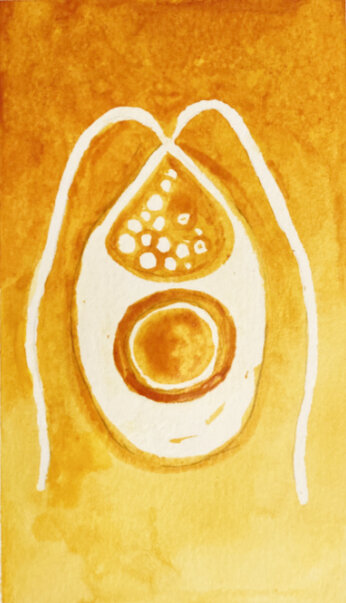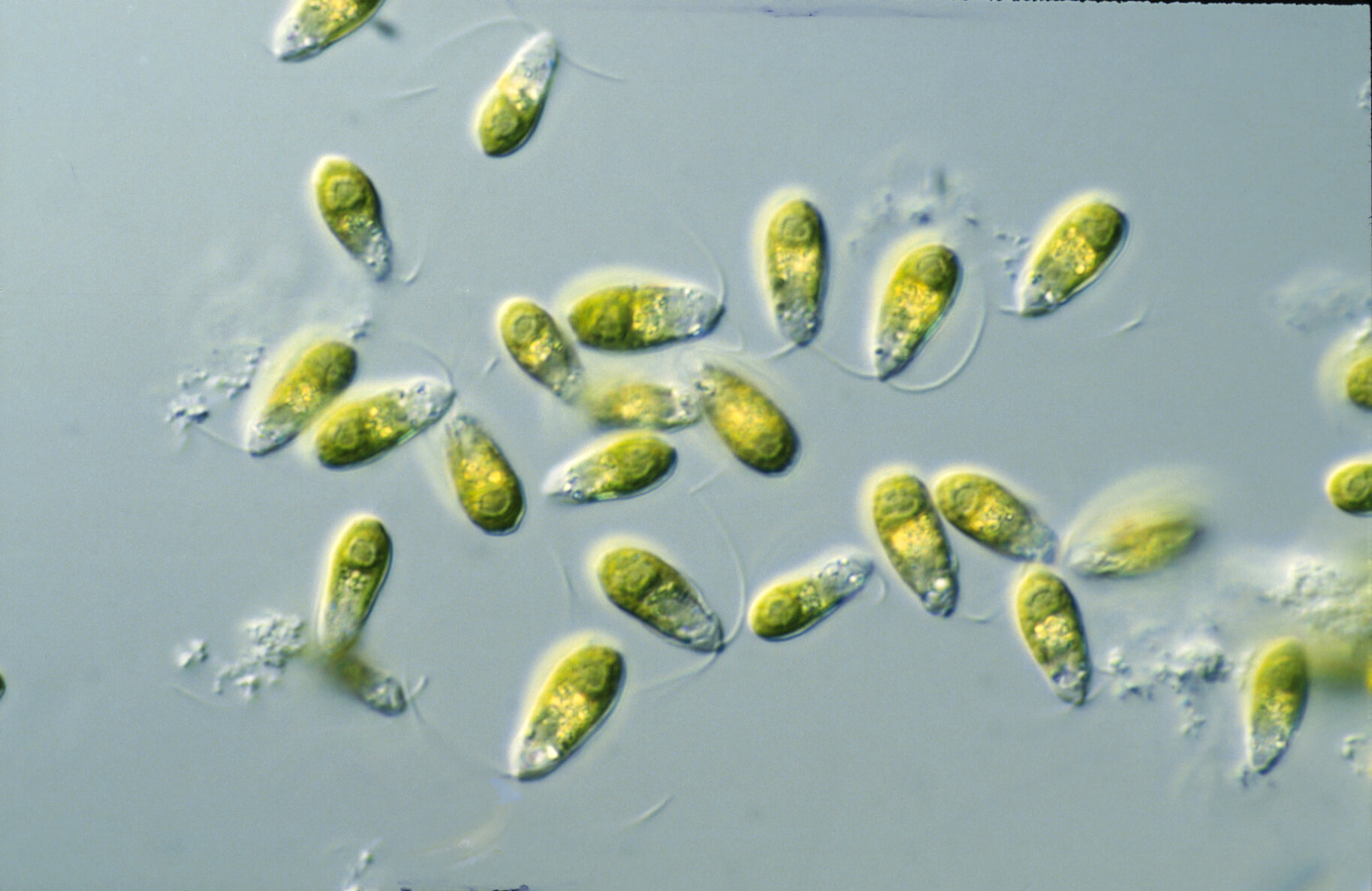
Dunaliella Orange
Dunaliella salina is a green microalgae found all over the world. It is a halophile, meaning “salt-loving” and thrives in high salinity conditions. Dunaliella is generally green in color but will turn pink-orange in response to high light levels and other stress conditions. If you see pink beaches or lakes on the internet, Dunaliella salina is the organism causing that unique color.
Dunaliella has one of the highest levels of β-carotene of any organism on the planet. Carotenoids like β-carotene help protect the cell under stress. Commonly used in aquaculture, and cosmetics, and sold as nutritional supplements, dunaliella’s bold colors make a bright algae pigment presentation.
Dunaliella Materials Test - Dunaliella salina pigment on paper, 2021
Grow & Observe
Dunaliella thrives in high salt conditions and is very fun to grow, although it seems surprisingly sensitive to environmental changes. I am also growing under ideal conditions, so my Dunaliella tend to stay green. Dunaliella cells are also extremely small, 2-3 μm in size. They were hard to observe under the microscope and difficult to harvest using my basic home equipment.
My home algae farm has experienced two culture crashes due to unknown reasons. I’m currently taking a break from culturing these organisms but plan to do so again in the future.
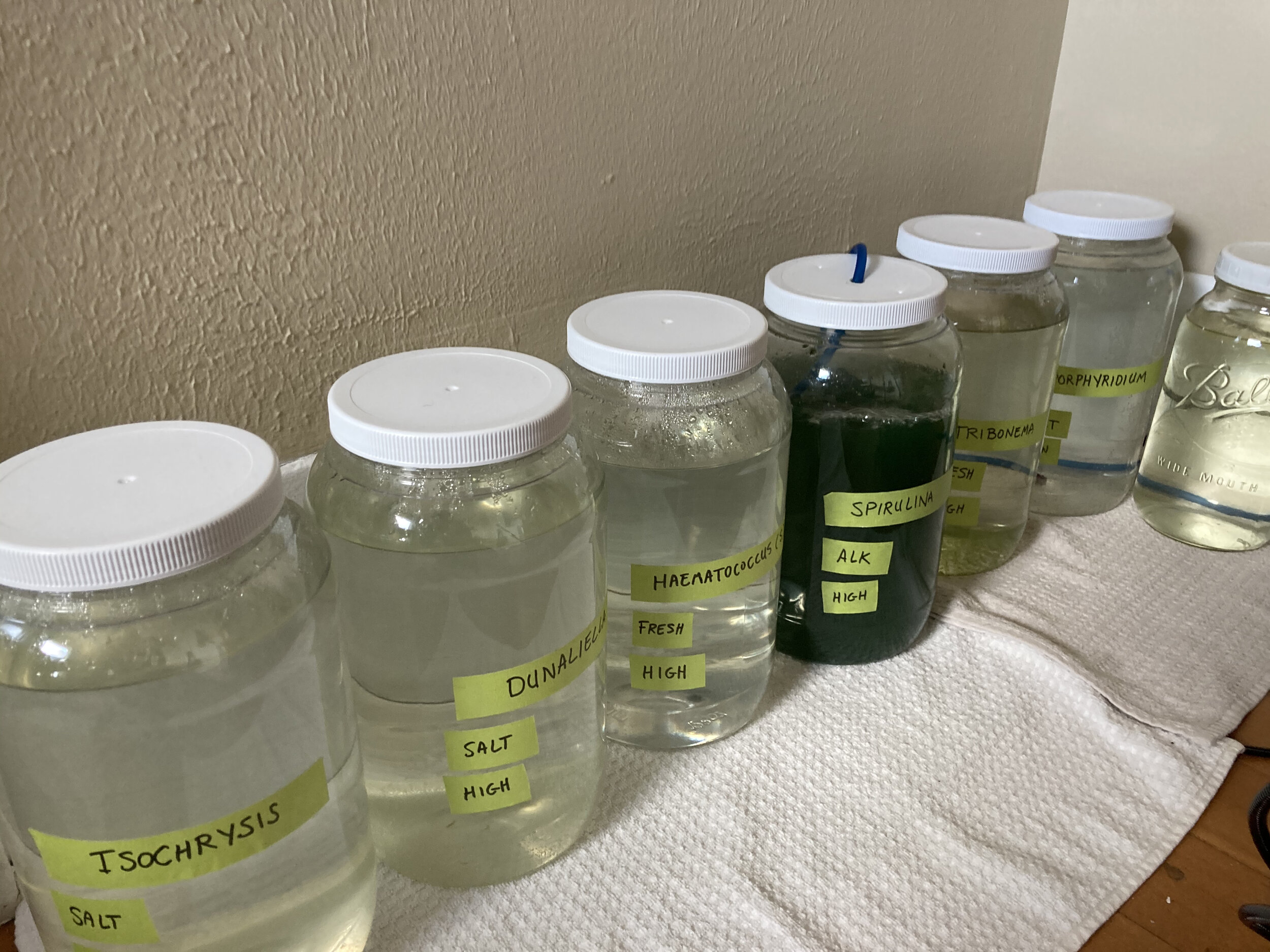
Dunaliella on the algae farm

Dunaliella at 400x magnification
Extract Pigment
Due to my unstable cultures, I relied completely on a variety of industrial sources for extraction. Dunaliella is commonly sold as a natural food coloring and supplement, although during the pandemic it has become much harder to find. I received a very oxidized packet of natural food coloring from the UK and used that, along with hermit crab food, to extract my pigments. Dunaliella is commonly used in aquaculture to achieve specific colorations in fish and crabs.
Carotenoids must be extracted with solvents like alcohol or acetone as they do not extract in water. I used high-proof moonshine for my extraction, naturally evaporating the solvent and allowing the pigment to remain. The results were incredibly successful, resulting in a rich orange pigment.
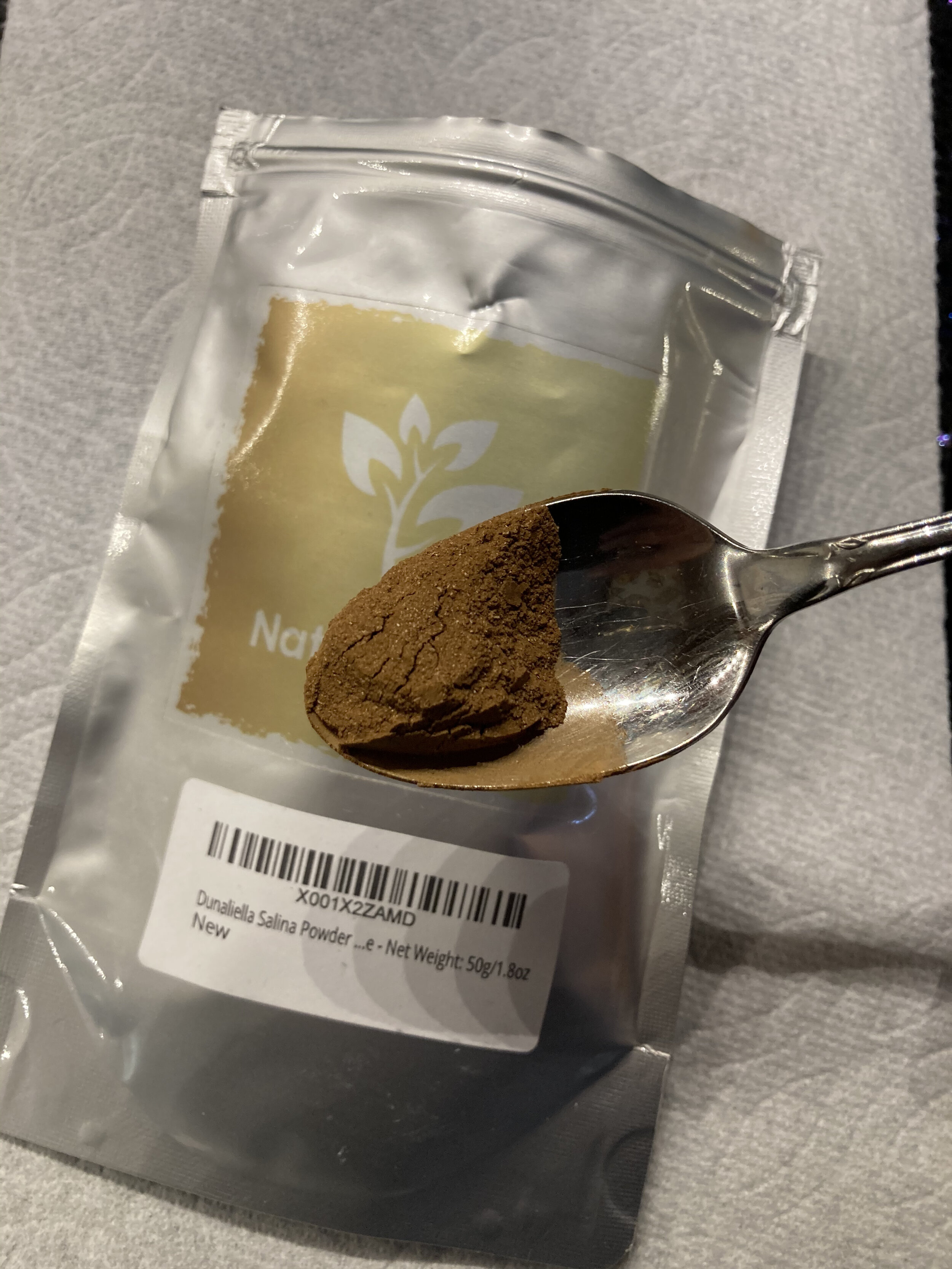
Dunaliella food coloring powder
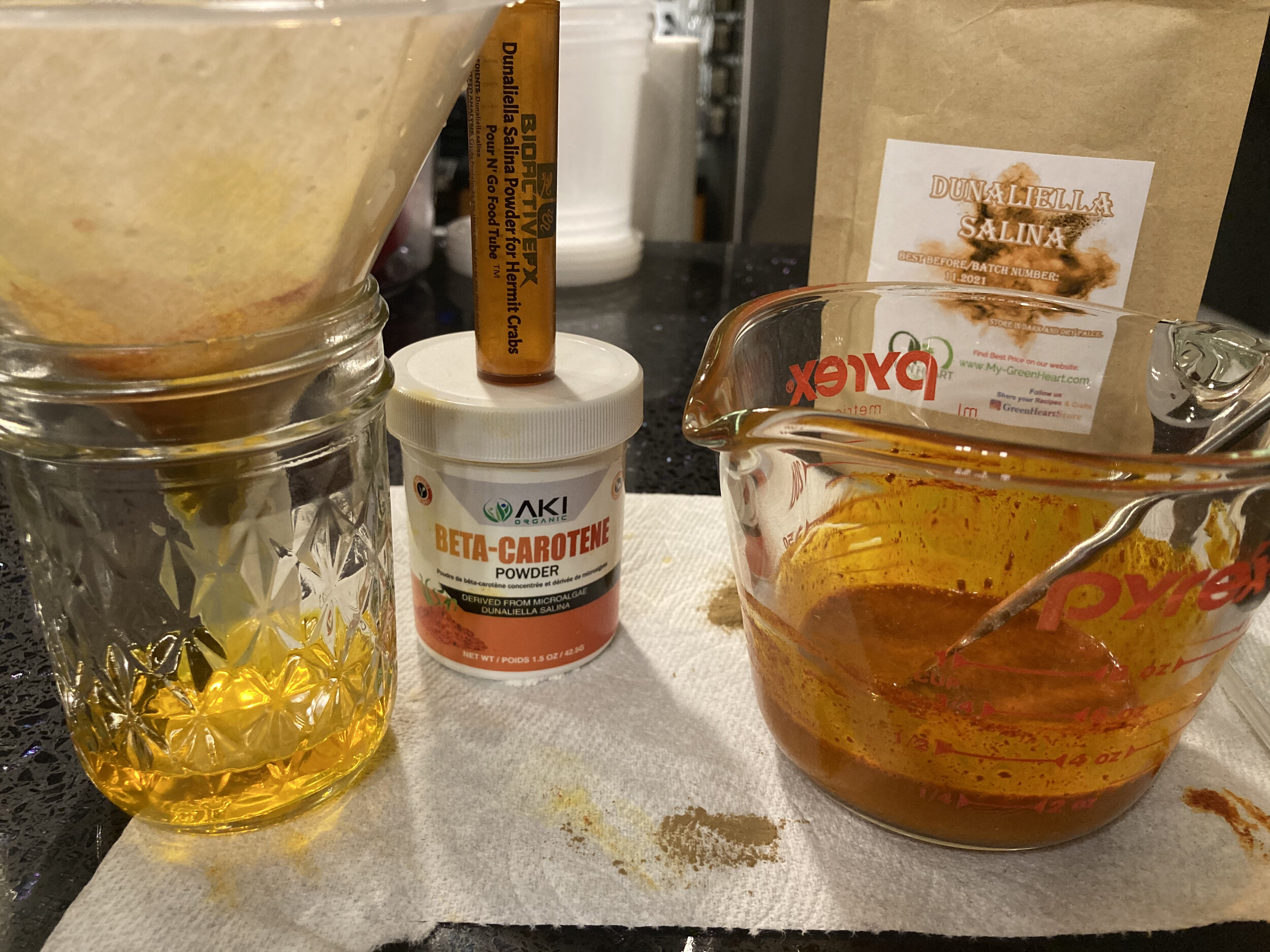
Extractions from nutritional supplement powder
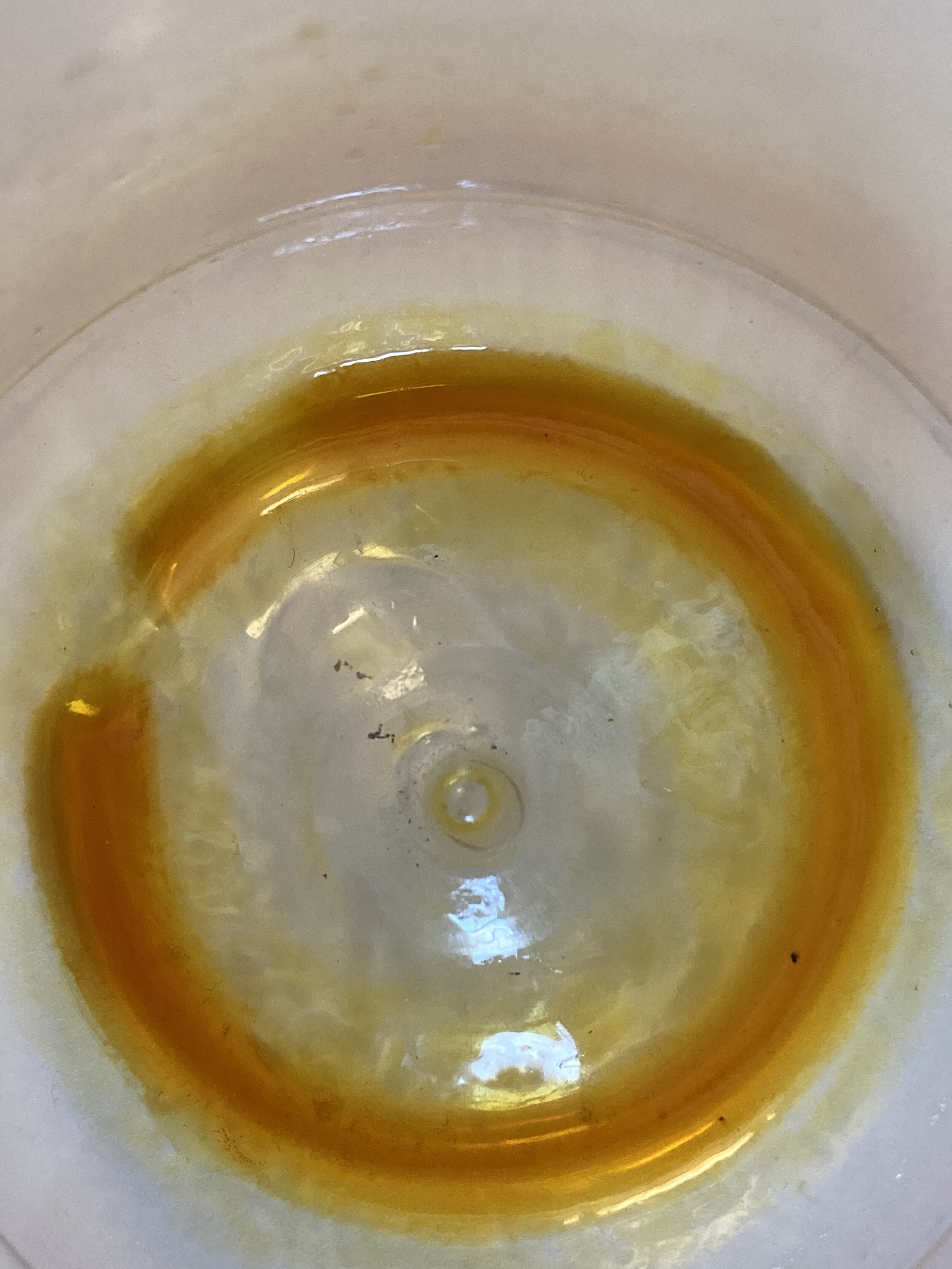
Extracted pigment from powder
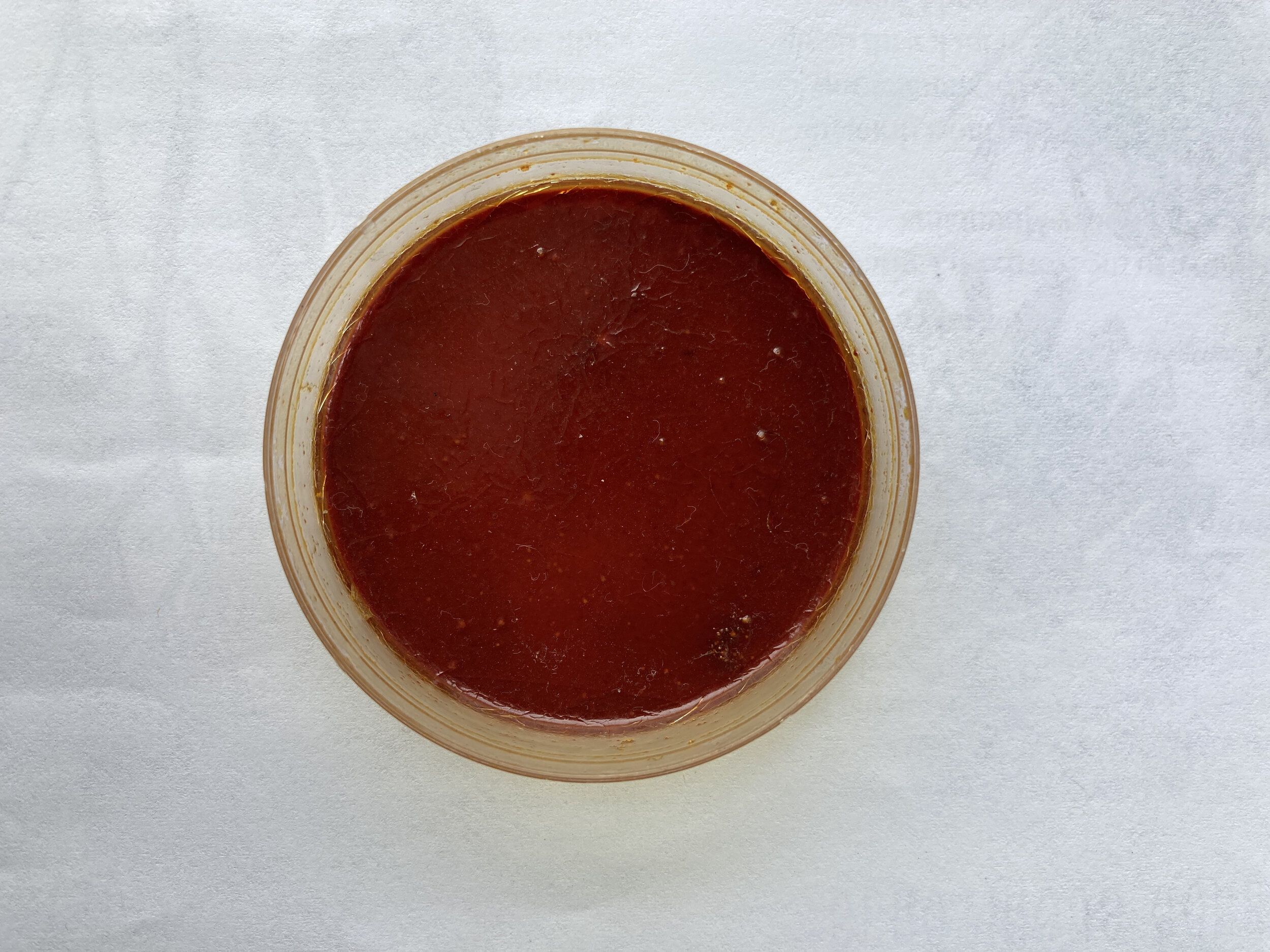
Concentrated pigment
Color Experiments
The resulting pigment was very bright and bold and readily mixed into a very lovely watercolor. The flow and texture of the watercolor paint is really fun to work with and became one of my favorite colors I synthesized.
Unfortunately, carotenoids are particularly fugitive, so this color was the most light-sensitive. The resulting image started fading within days, and how is a ghostly image.
This experiment taught me a lot about fugitive pigments and began my experimentation with preservatives. It also pushed me toward combining algae pigments with traditional pigments for future work.
I hope to someday visit the famous dunaliella beaches and collect wild samples!
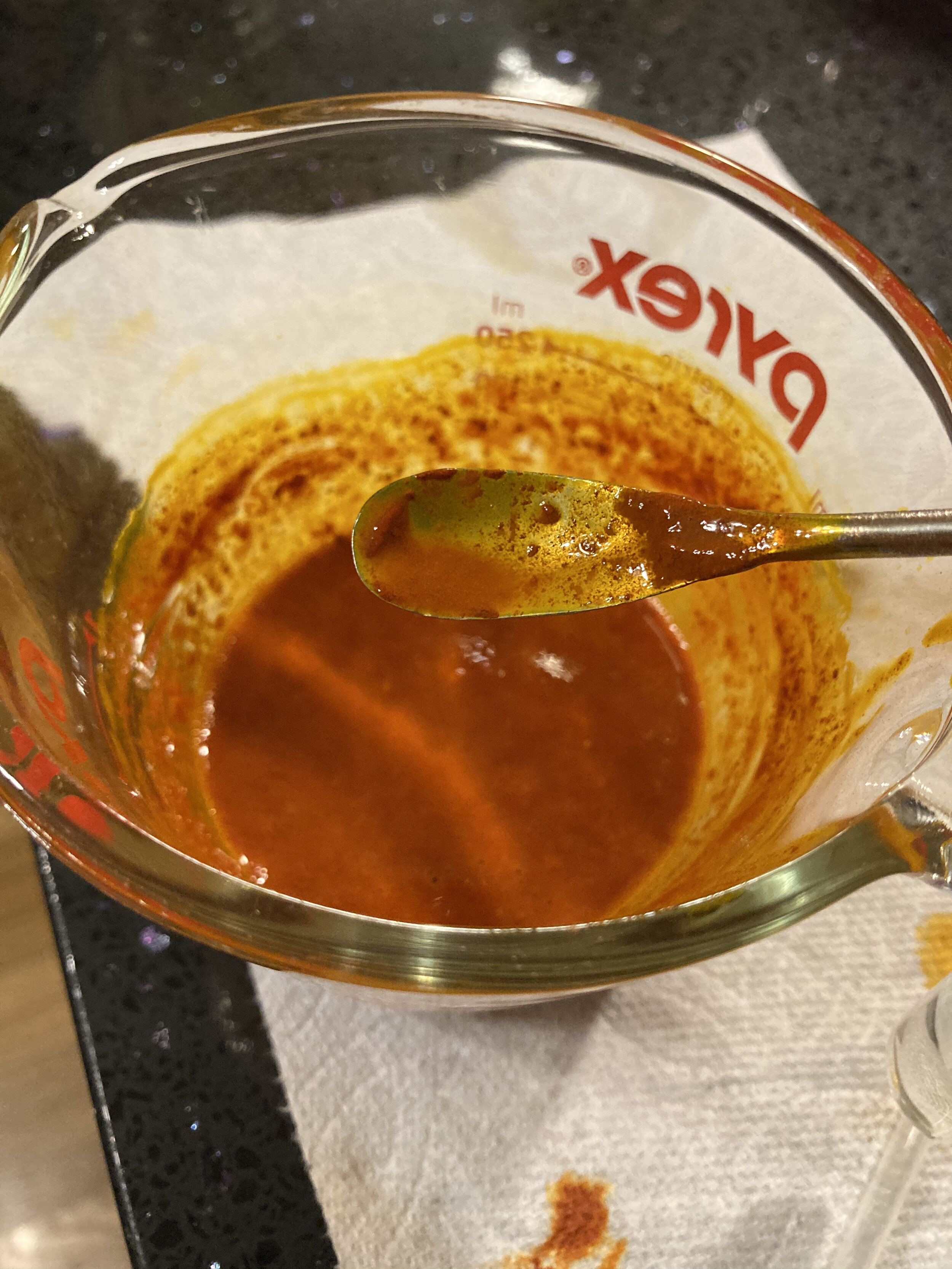
Dunaliella watercolor mix
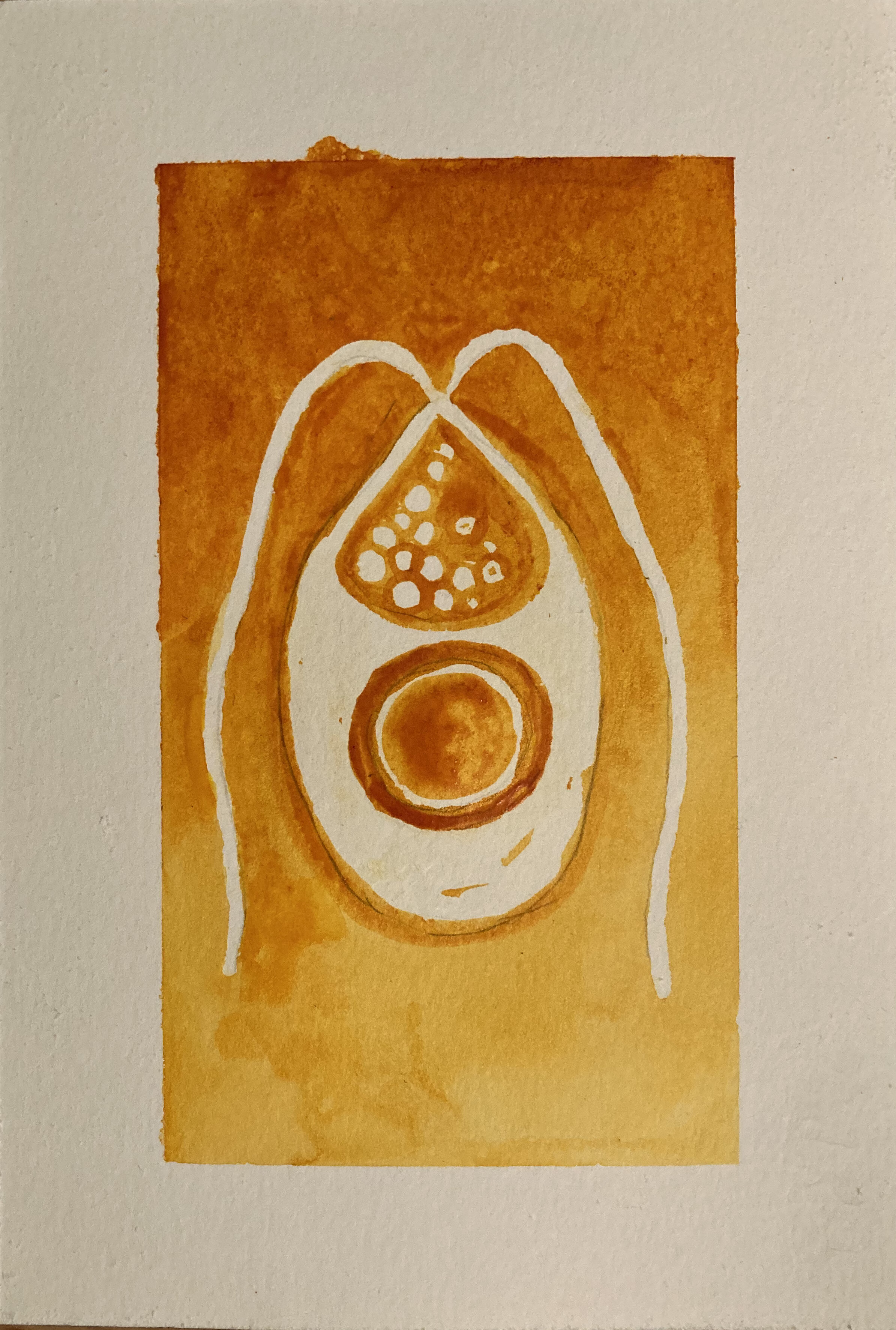
Original materials test
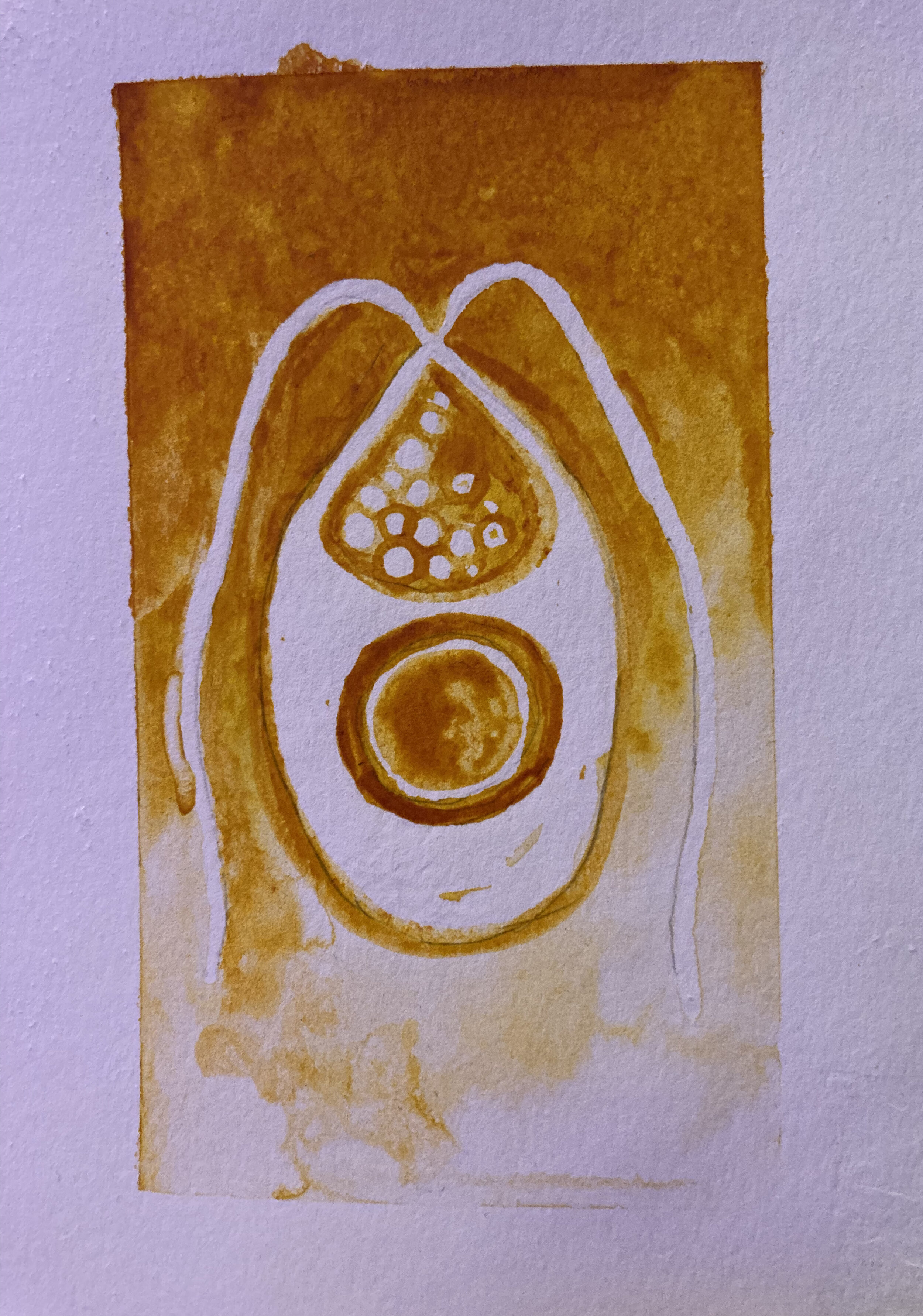
Materials test after one month
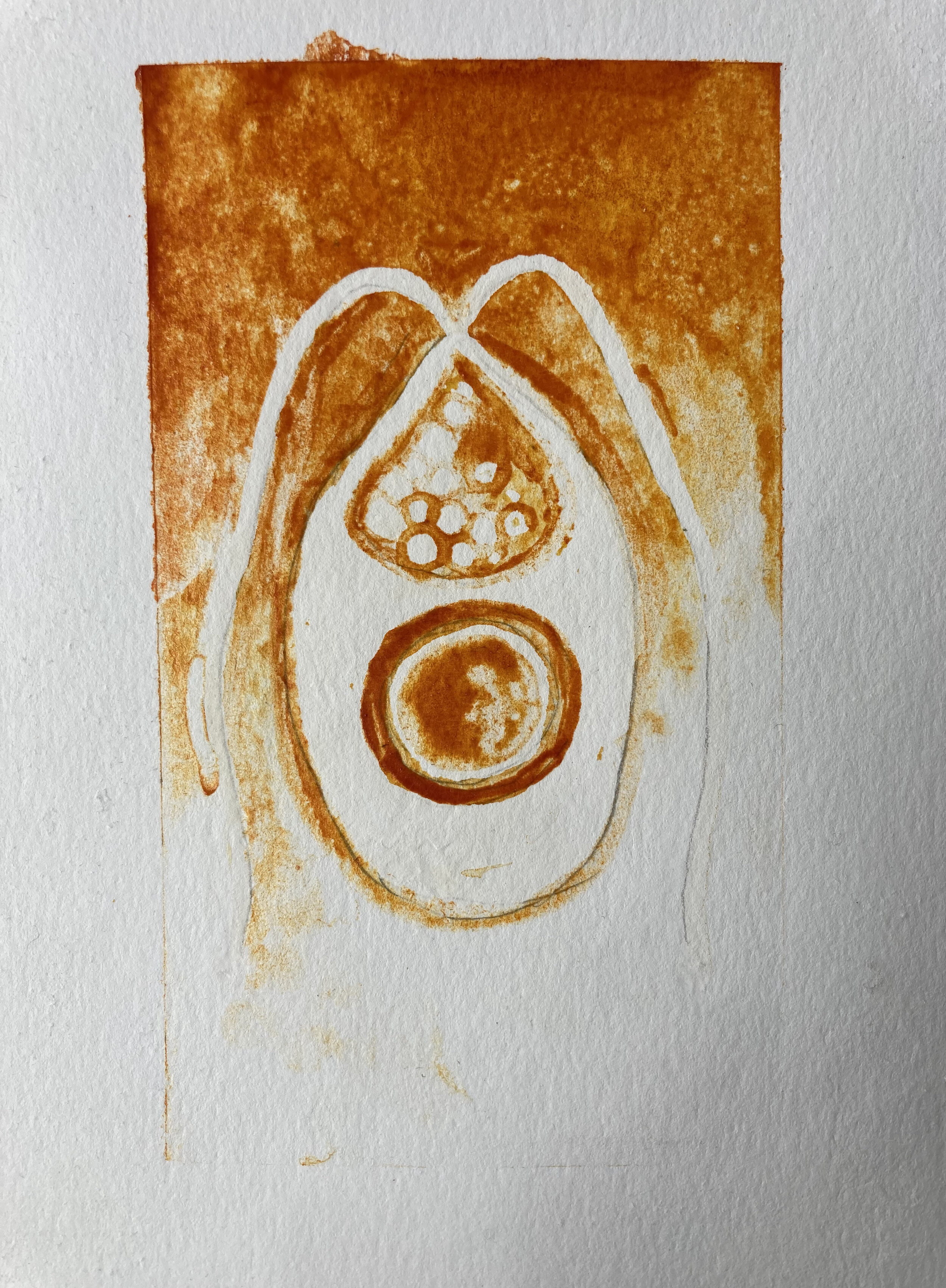
Materials test after six months

